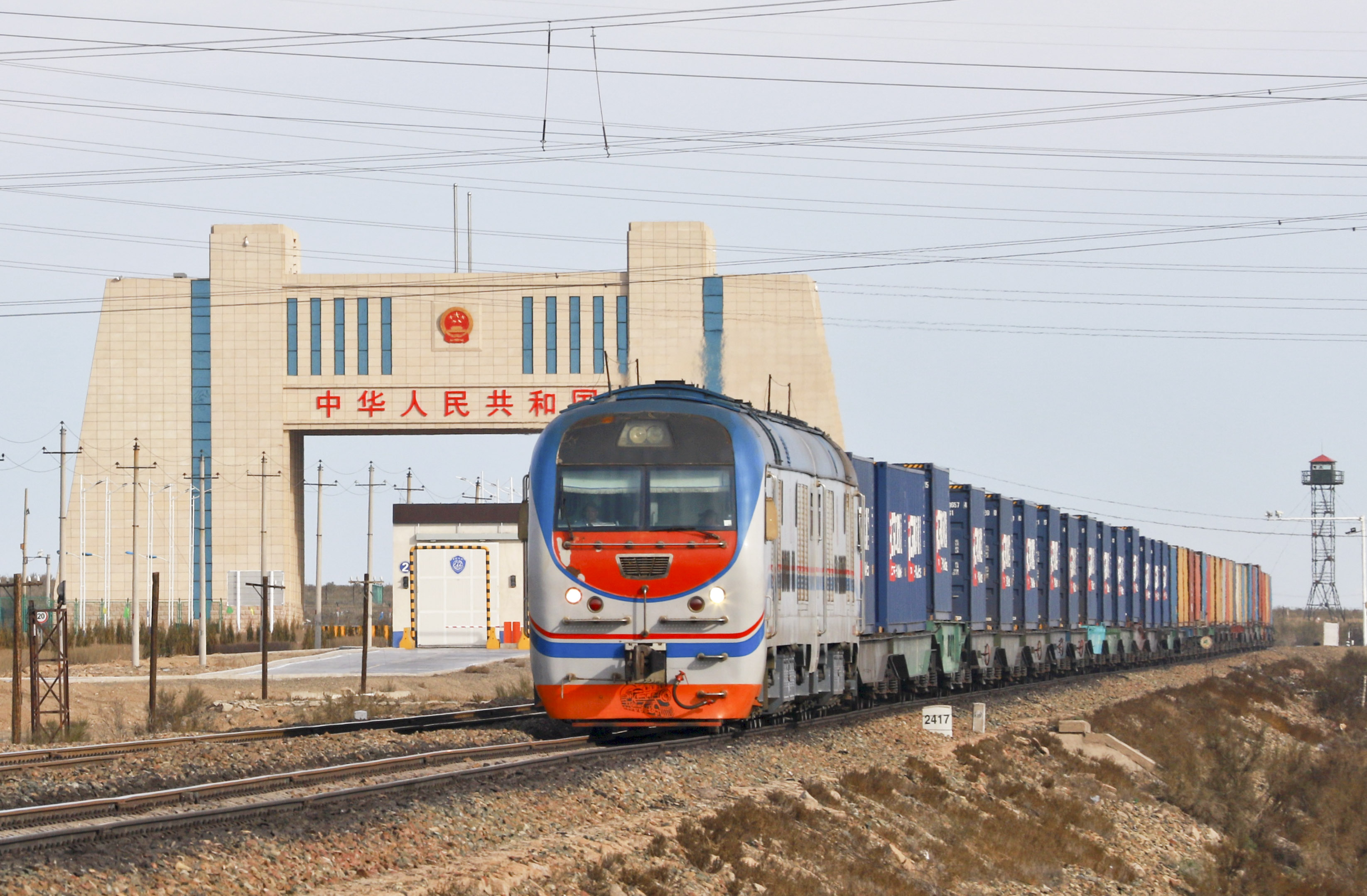(Xinhua)09:27, March 14, 2021

Aerial photo taken on Feb. 24, 2020 shows the Haizhu wetland and the Canton Tower in the distance in Guangzhou, south Chinas Guangdong Province. (Photo by Xie Huiqiang/Xinhua)
The Fortune 500 company PG has planned to launch an intelligent technology innovation center this year in Guangzhou, capital of south Chinas Guangdong Province, another move of expanding the investment in the country after setting up a digital innovation center in 2017.
The digital innovation center was established just within four months in Guangzhou. Since then, the center has invested 100 million U.S. dollars in strengthening innovation in big data, artificial intelligence and other areas, said Matthew Price, president of PG Greater China in an interview with Xinhua.
Our business achievements over the years have fully proved that PGs choice of long-term investment and development in Guangzhou is a very correct decision, Price noted.
PG is just the epitome of global leading companies ramping up investment in the Guangdong-Hong Kong-Macao Greater Bay Area and beyond in recent years.
As Chinas 14th Five-Year Plan (2021-2025) kicks off, investors from all over the world reckon that Chinas strong growth prospects, the promise of further opening-up and improvement of the business environment are attracting them to increase investment in the worlds most populous market.
EXPANDING INVESTMENT
PG, one of the first Fortune 500 companies to invest in Guangzhou, established its first joint venture and production base in 1988, which was put into production two years later.
Following more than three decades of development, China has become PGs second-largest market in the world after the United States and PGs largest e-commerce market.
About 10 percent of our business in the United States is done through e-commerce, while the number in China is 45 percent, said Price. The innovation in big data and artificial intelligence will help us better serve the consumers in the Internet era.
Like PG, a growing number of foreign companies are now beginning to set up RD and innovation centers in the Greater Bay Area.
In January, NCS, a wholly-owned subsidiary of the Fortune 500 company SingTel Group, launched NEXT Shenzhen Innovation Centre (SIC), its first innovation center in China. Siemens Energy also launched an innovation center for advanced energy technologies in Shenzhen in January.
The new innovation center in Shenzhen is another lighthouse project to promote the China-EU green partnership and digital partnership, said Christian Bruch, CEO of Siemens Energy AG, adding that this will bring us closer to the most dynamic energy market and, together with Chinese partners, create technologies and innovations that have an industrial and social impact.
Meanwhile, since the Outline Development Plan for the Guangdong-Hong Kong-Macao Greater Bay Area was released in February 2019, more and more multinationals have moved their headquarters or regional centers to this more inter-connected area.
In January, New World Development Co., Ltd., one of the largest real estate developers in Hong Kong, signed a cooperation agreement with the Guangzhou municipal government to settle the headquarters of New World China, its flagship property arm, in the city, marking the companys new stage of layout in the Greater Bay Area.
AstraZeneca, a multinational pharmaceutical company, will also establish its south China headquarters in Guangzhou this year, with a focus on RD, operation management and innovation incubation in the Area.
IMPROVING BUSINESS ENVIRONMENT
Guangzhou and Shenzhen, two major cities in the Greater Bay Area, are lauded by foreign firms for their efforts to foster an enabling business environment.
Huang Shaomei, executive director of New World Development Co., Ltd., said that the company decides to invest in Guangzhou due to its continuous improvement of the business environment.
If you invest in the city back in 2013, approval of a real estate investment project involved 100 procedures and at least 799 working days. However, the time has been reduced to 50 days in 2018 and 35 days in 2019. And now, it only takes 11 days to get approved for low-risk industrial projects, Huang said.
According to a report on Chinas business environment in 2020 issued by the National Development and Reform Commission, Guangzhou was rated as a benchmark city in all the 18 assessment indicators and won the title of best practice in four indicators.
Growing foreign investment is the attestation of a citys notable business environment. With the first business license for foreign-invested enterprises issued in 1981, Shenzhen has approved 96,000 foreign direct investment projects in total, and its accumulated use of foreign capital has reached 120.5 billion U.S. dollars.
Early this year, two workstations were established in Shenzhen, aiming to provide foreign enterprises with services including business guidance, policy interpretation, investment consulting and complaint acceptance.
In addition, a plan for helping overseas professionals better work and live in Shenzhen was formally issued in January. According to the plan, foreign nationals engaged in finance, construction, cultural tourism, medical and health care and other 11 fields will enjoy more facilitations in the city.
Shenzhen is on the way to build itself into a city with a more fair and internationalized business environment, said Guo Xiaohui, executive chairman of the Shenzhen Association of Enterprises with Foreign Investment.
PROMISING GREATER BAY AREA
According to the outline of the new five-year plan, China will promote the construction of the Guangdong-Hong Kong-Macao Greater Bay Area in an active and prudent manner.
While applauding the adoption of the plan, leaders of foreign enterprises said that the Chinese market remains appealing to global investors and the investment layout in the Greater Bay Area is just in line with their development prospects.
Leon Wang, executive vice president, international and China president with AstraZeneca, said the Guangzhou International Bio Island, where its south China headquarters is located at the core of the Area, is a highly innovative area. The setup of the headquarters is of great strategic significance in further expanding its market in the southern part of China.
Frances Yu, president of Amway China, also said that Amway will firmly seize the strategic opportunity of building a healthy China and leverage Amways advantages to help develop the health industry in the Greater Bay Area and enhance the international competitiveness of the entire industrial cluster.
The southern region of China, especially the Greater Bay Area, is where most of the EU companies set foot in China. It is renowned for its highly developed and fully competitive business environment and transparency of government policies, according to George Lau, vice chairman of the EU Chamber of Commerce in China.
As outlined in the 14th Five-Year Plan, China pledges to reduce the intensity of carbon emissions, and achieve the peaking of carbon emissions by 2030, which will unleash opportunities for the EU companies with an advantage in the field of renewable energy, said Lau.
Also, a report released by the American Chamber of Commerce in South China said that about 70 percent of surveyed American companies considered the Three-Year-Plan (2018-2020) for the development of the Greater Bay Area helpful.
The Greater Bay Area is going to be a massive growth dynamic for the development in the southern region of China, said Harley Seyedin, president of the chamber.
![]()





